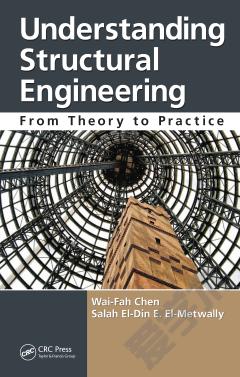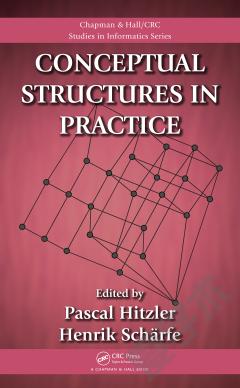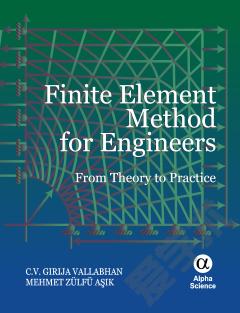Understanding Structural Engineering —— From Theory to Practice
----- 理解结构工程:从理论到实践
From Science to Engineering Historical Sketch The Fundamentals of Structural Analysis Elastic Analysis as a Start Plastic Analysis as a Further Progress Finite Element Analysis as a Logical Extension Strut-and-Tie Model as a Powerful Tool Advanced Analysis for Steel Frame Design as the Current Progress Computer-Based Simulation as the Future Trend Summary The Era of Elasticity Fundamentals of Elasticity The Concept of Generalized Stress and Generalized Strain Theory of Structures Theory of Structural Stability Theory of Plates Theory of Shells Finite Element The Allowable Stress as a Basis for Design Historical Sketch The Era of Plasticity Fundamentals of Plasticity Limit Theorems of Perfect Plasticity Bar Element as a Start Concrete Plate Element as a Next Step Strut-and-Tie Model as a Recent Progress Historical Sketch The Era of Finite Element Introduction Fundamentals of Finite Element Application for Structural Steel Member Design Application for Structural System Design Load and Resistance Factor Design for Structural Steel Buildings Historical Sketch Strut-and-Tie Model for Design of Structural Concrete Discontinuity Regions Introduction D-Regions versus B-Regions Strut-and-Tie Model as a Solution Selected Discontinuous Stress Fields An Illustrative Design Example Historical Sketch Toward Advanced Analysis for Steel Frame Design The Role of the Effective Length Factor K in Design Methods of Advanced Analysis Simplifications for Advanced Analysis Practical Advanced Analysis Application Examples Performance-Based-Design Historical Sketch The Era of Model-Based Simulation The Era of Computer Simulation Model-Based Simulation in Structural Engineering MBS System Integration Material Modeling Integration of Heterogeneous Models Representation and Propagation of Uncertainty Model Synthesis Computing Scientific Visualization Model Updating and Validation Summary
{{comment.content}}








 京公网安备 11010802027623号
京公网安备 11010802027623号